Curtain walls are a pivotal component in the aesthetic and practical aspects of contemporary architecture. They not only enhance the visual charm of a structure but also play a vital role in its thermal and acoustic insulation. Available in an array of materials and styles, curtain walls can revolutionize both the interior and exterior ambiance of a space, marrying beauty with utility.
Types and Characteristics of Curtain Walls
Diverse in form, curtain walls meet a spectrum of architectural and stylistic demands. Glass curtain walls, for example, are a staple in commercial skyscrapers, prized for their transparency and daylight admission. Conversely, aluminum curtain walls are sought after for their lightness and adaptability, enabling a plethora of configurations from full curtain walls to sophisticated curtain wall window systems. Each variant, be it a glass wall curtain or an aluminium curtain wall, comes with distinct features aimed at bolstering the edifice's aesthetics and functionality, including curtain wall brackets for structural support and curtain wall types tailored to specific insulation and visual criteria.
Structure and Operation of Curtain Walls
A curtain wall system's architecture is an intricate construct, engineered to counter environmental challenges while preserving its visual allure. Typically, a glass curtain wall is encased in a metal framework, often aluminum, incorporating elements such as mullions, transoms, and anchoring systems. The orchestration of these systems epitomizes engineering finesse, with each component contributing to stability, thermal expansion management, and weatherproofing. The curtain wall window segments, for instance, are frequently designed to be operable, allowing for airflow without compromising the wall's performance integrity.
Materials and Properties
The selection of materials for curtain walls is based on their attributes and advantages. Aluminum alloy and stainless steel offer robustness and longevity, making them ideal for the structural framework of aluminum curtain walls. 100% cotton and other textiles provide a gentler aesthetic for interior applications, adding to the decor while ensuring flexibility and ease of upkeep. PC and ABS plastics are chosen for their light weight and design versatility, particularly in components like curtain wall brackets. These materials are chosen not merely for their practical qualities but also for their capacity to fulfill the design and aesthetic demands of modern architecture.
Business Usages and Applications
Curtain walls are employed across various sectors, from augmenting corporate edifices to offering functional and ornamental enhancements in the hospitality industry, including hotels and eateries. In retail, glass curtain walls forge welcoming storefronts that display merchandise, while in office environments, they foster an open, light-filled workspace conducive to productivity. The deployment of curtain wall systems in commercial properties not only elevates their visual allure but also contributes to energy efficiency, thereby generating enduring business value.
Functions of Curtain Walls
The foremost purpose of curtain walls is to shield the structure from the elements while maximizing the ingress of natural daylight. They are crafted to counteract wind loads, manage water ingress, and provide thermal insulation. Beyond these protective roles, curtain wall systems also afford sound insulation, enhancing the indoor environment's tranquility and comfort.
Features and Unique Selling Points
Curtain walls possess attributes that distinguish them from conventional wall systems. The glass curtain wall, for instance, boasts a continuous exterior that can be customized with a variety of tints and treatments for energy conservation and visual effect. Aluminum curtain walls are esteemed for their design versatility and robust yet lightweight framework. These distinctive qualities render curtain walls a favored option in contemporary building projects.
Benefits and Positive Outcomes
The advantages of curtain walls transcend their visual allure. They offer substantial energy savings through enhanced thermal efficiency, diminish the reliance on artificial illumination by harnessing natural light, and improve the comfort levels for building occupants. Moreover, the flexibility in design and material options allows for personalization to satisfy specific architectural demands, positioning curtain walls as both a practical and attractive choice for any construction endeavor.
How to Use and Maintain Curtain Walls
Optimal utilization of curtain walls necessitates an understanding of their functionality, such as the operating mechanisms of curtain wall windows. Maintenance, while straightforward, is crucial; it encompasses routine glass cleaning to preserve transparency and inspections to uphold structural integrity. When installing curtain walls, adherence to the manufacturer's specifications is imperative to guarantee proper performance and durability.
How to Choose the Right Curtain Wall
Selecting the appropriate curtain wall involves weighing factors like climatic conditions, building usage, and aesthetic preferences. A glass curtain wall may be favored for its contemporary appearance and daylight benefits, whereas an aluminum curtain wall might be selected for its resilience and design adaptability. It is essential to balance these considerations with the project's unique requirements to choose the most suitable system.
How to Clean and Maintain Curtain Walls
Preserving the aesthetic and functional aspects of curtain walls is crucial and typically involves regular cleansing of the glass and metallic parts, inspecting seals and gaskets for deterioration, and ensuring the smooth operation of movable parts in curtain wall windows. Diligent maintenance can significantly prolong the lifespan of the system and sustain its efficacy.
Target Audience and Meeting Needs
The intended clientele for curtain walls encompasses architects, builders, and property owners who prioritize both form and function in architectural design. The array of curtain wall options caters to a broad spectrum of tastes and needs, ensuring a fitting solution for every requirement, be it energy efficiency, an architectural statement, or interior ambiance.
How does a curtain wall system contribute to energy efficiency?
Curtain wall systems, especially those integrating glass curtain wall technologies, are designed to establish a thermal buffer between the indoor and outdoor settings. The incorporation of double-glazing, low-emissivity coatings, and thermal breaks within the aluminium curtain wall framework markedly diminishes heat transfer, thus bolstering the energy efficiency of buildings by stabilizing indoor temperatures and lessening the demand on heating, ventilation, and air conditioning systems.
What are the safety features of glass curtain walls?
Safety is a critical consideration in the construction of glass curtain walls. They are fabricated using toughened or laminated glass to avert breakage and to ensure the glass remains in place even when damaged. Moreover, the integration of flame-retardant materials and secure structural anchoring is essential to the safety features, guaranteeing that the glass exterior walls can endure environmental pressures and potential fire risks.
Can curtain walls be customized for any building design?
Indeed, curtain walls are highly adaptable to accommodate the unique design and functional requisites of any edifice. With options spanning from glass curtains to aluminum curtain walls, they can be tailored in hue, dimensions, form, and opening mechanisms. This adaptability empowers architects and designers to fulfill their creative aspirations without sacrificing the performance and integrity of the building's shell.




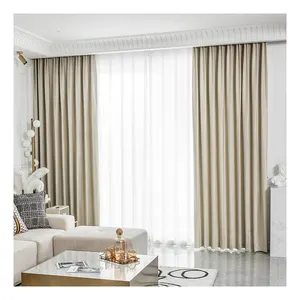

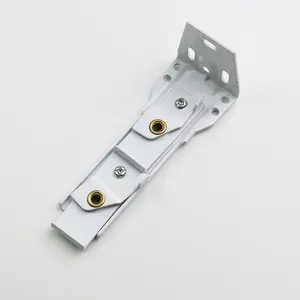

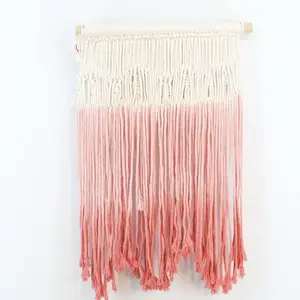



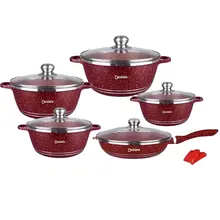




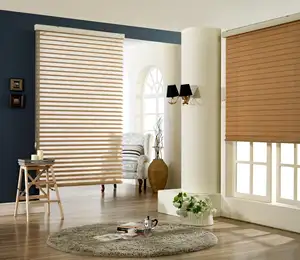























 浙公网安备 33010002000092号
浙公网安备 33010002000092号 浙B2-20120091-4
浙B2-20120091-4